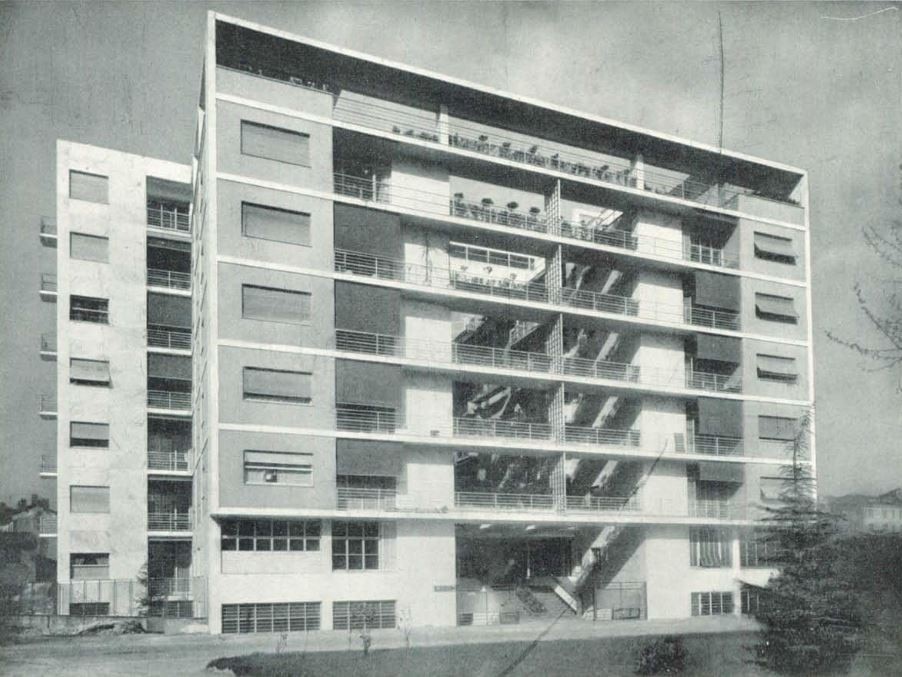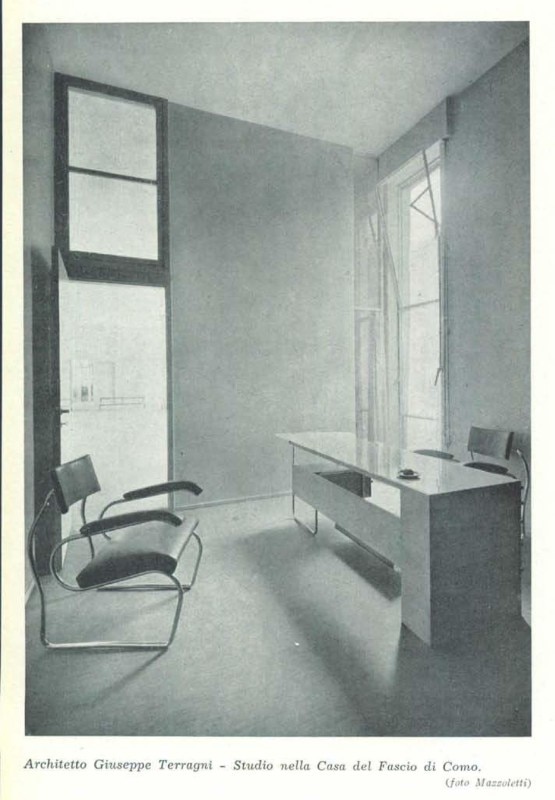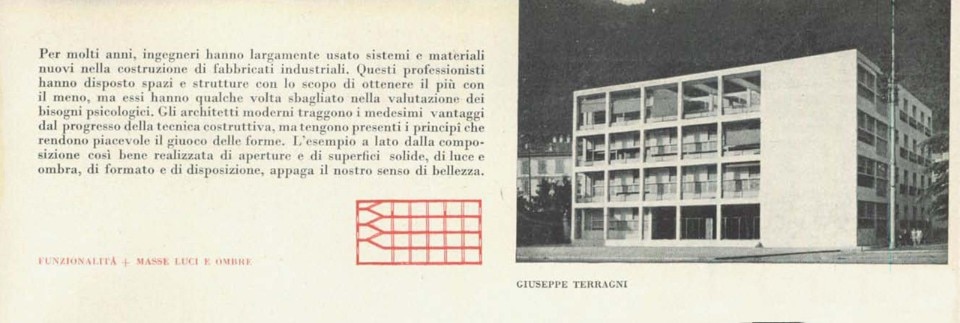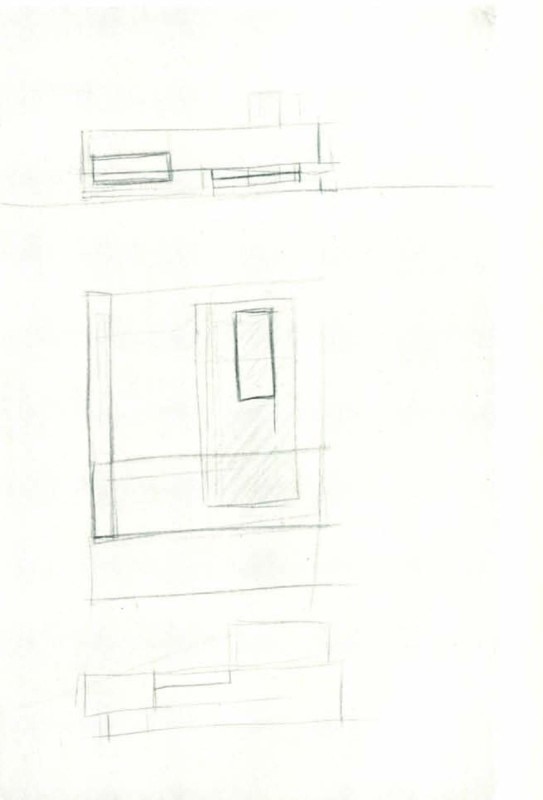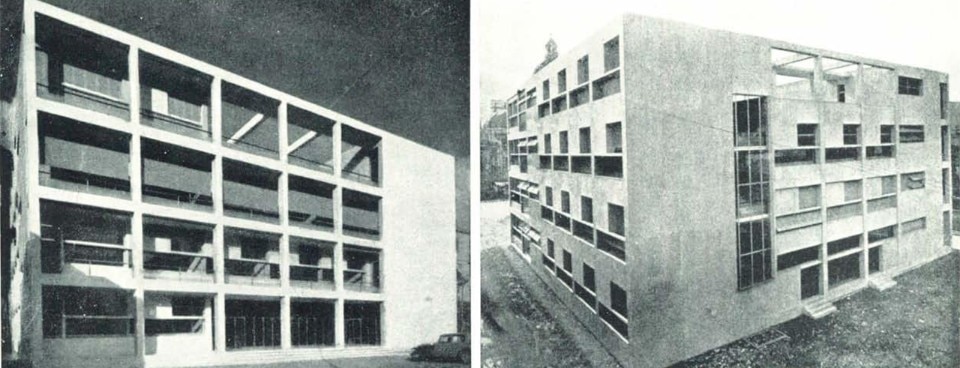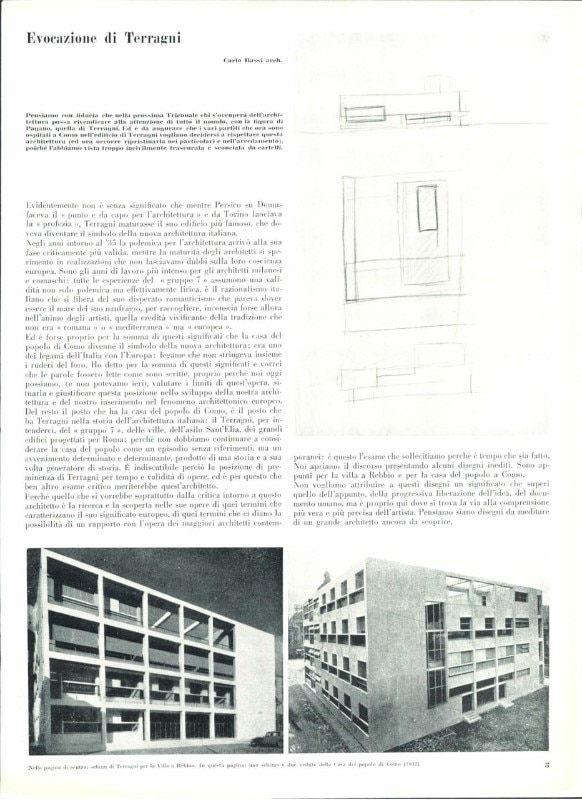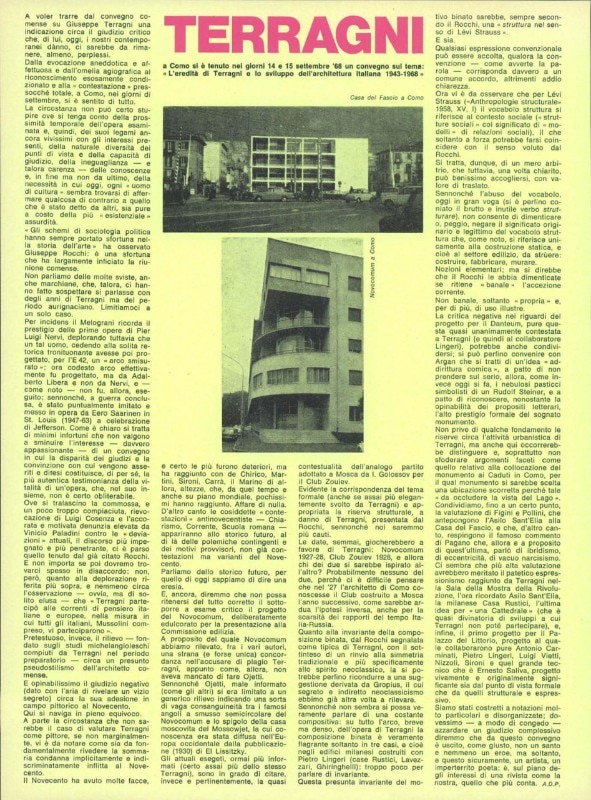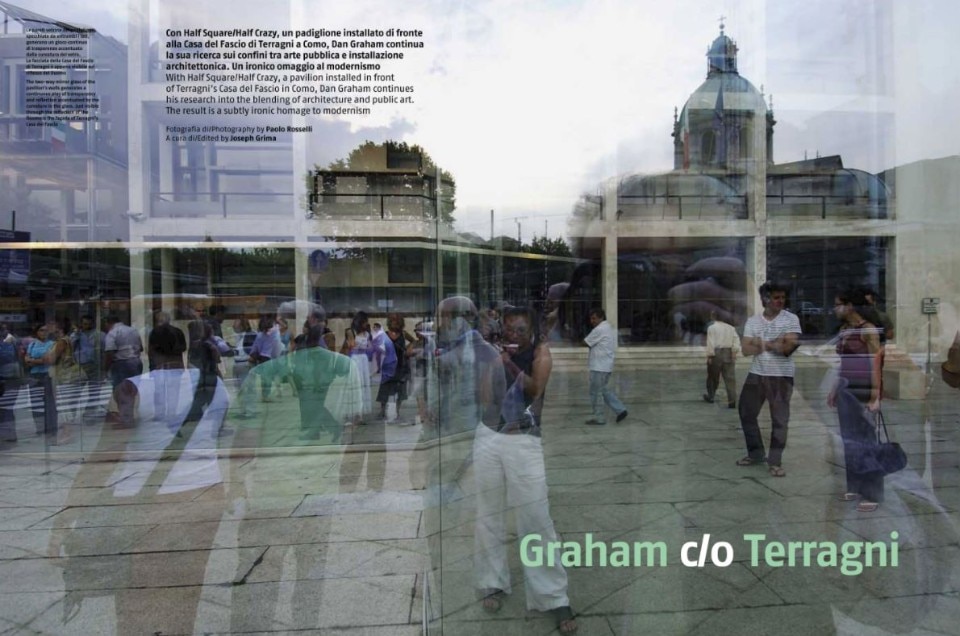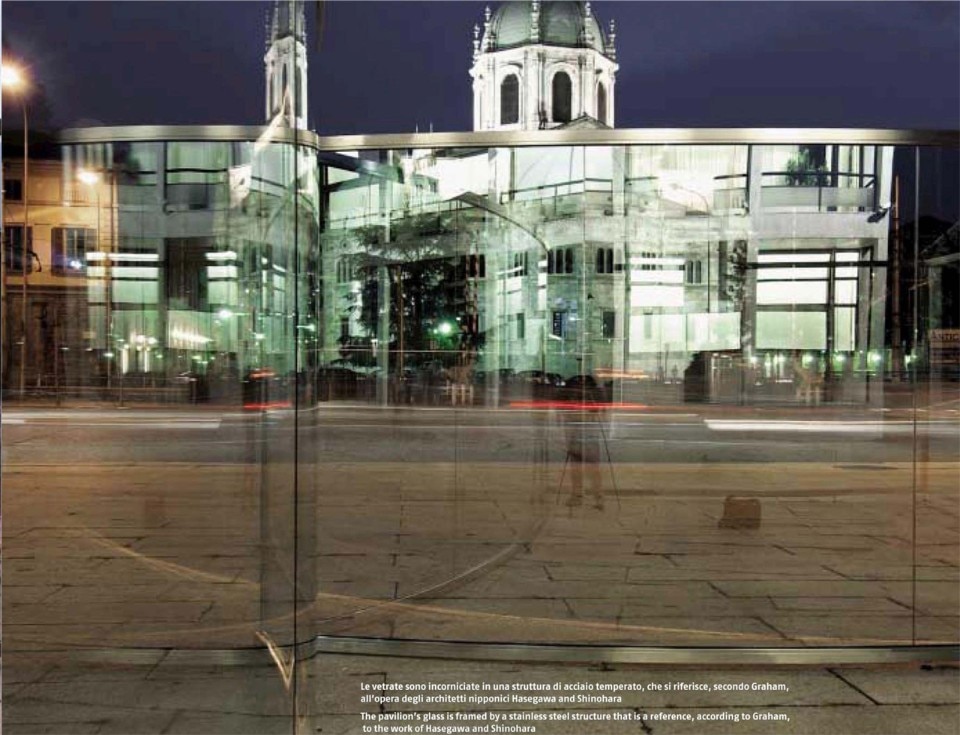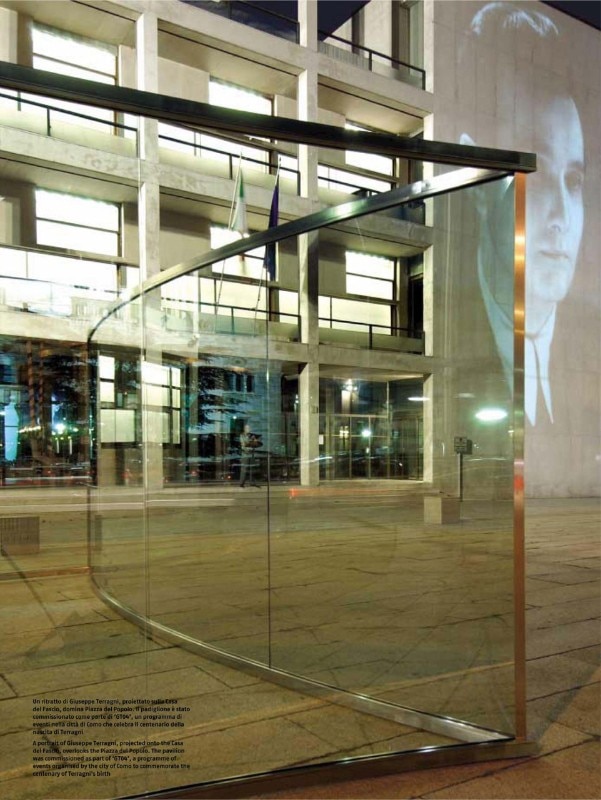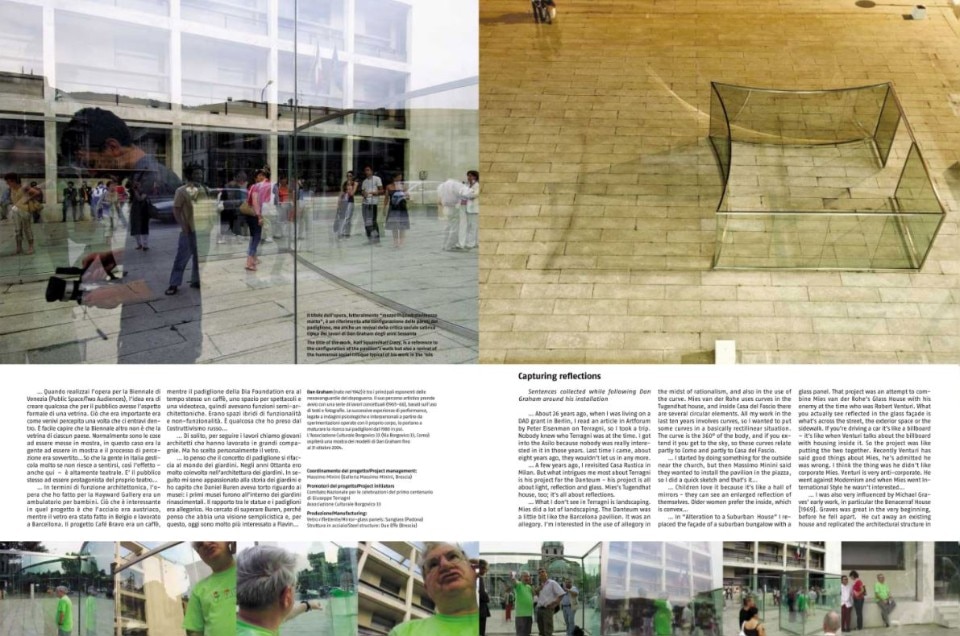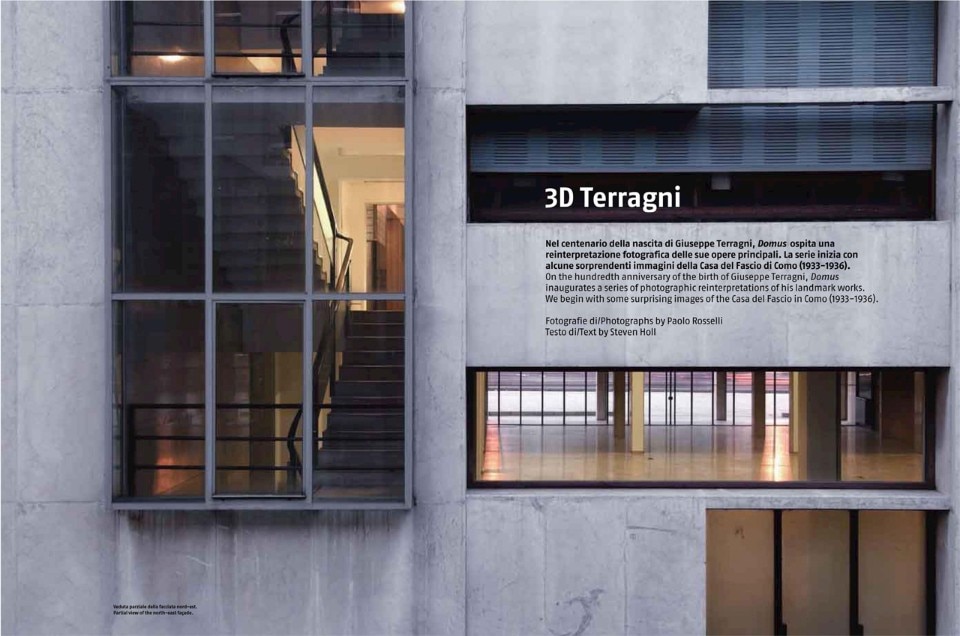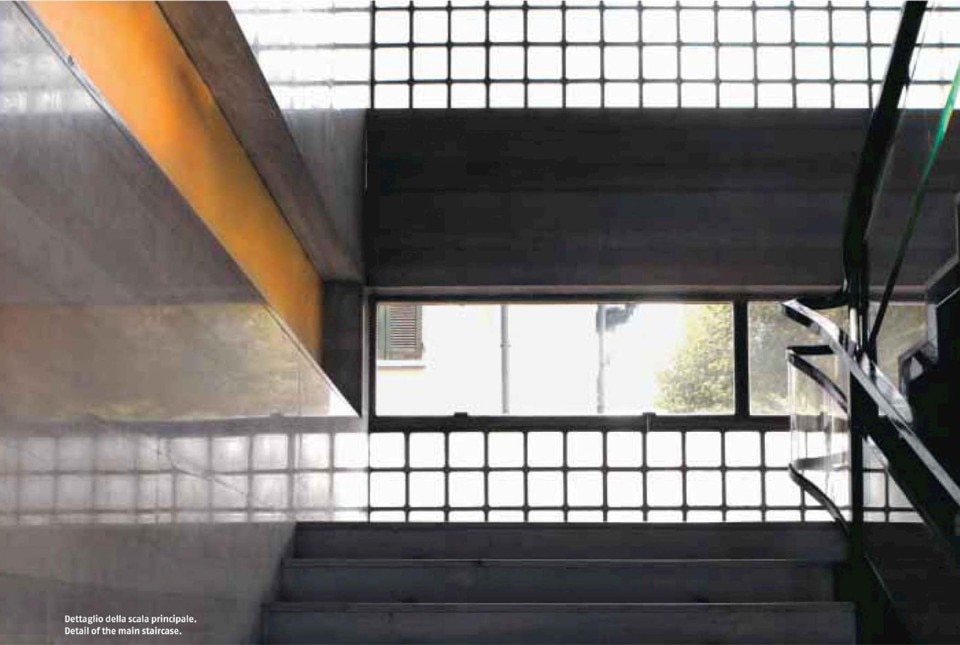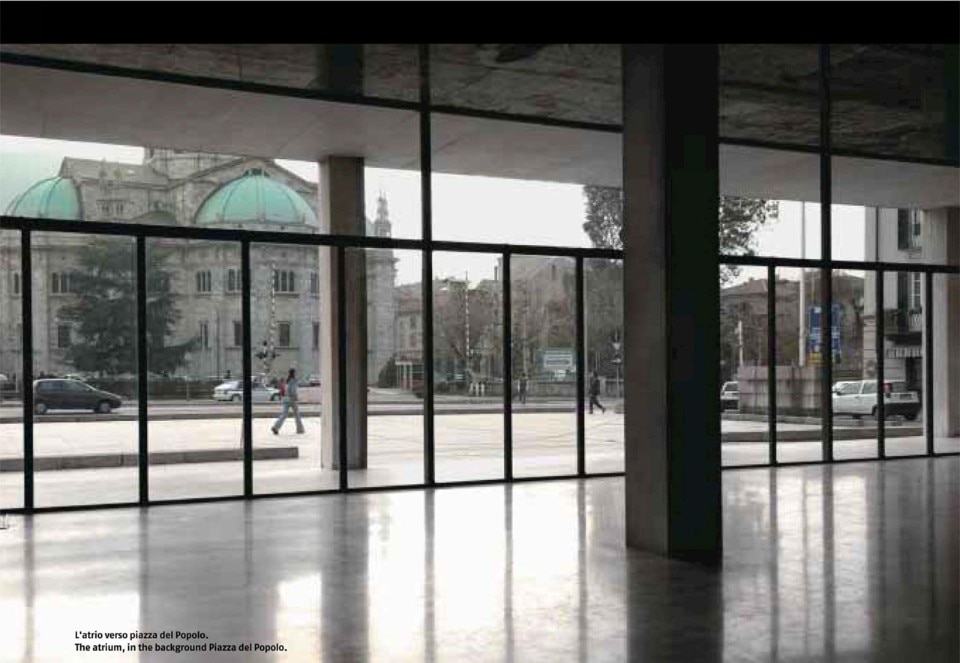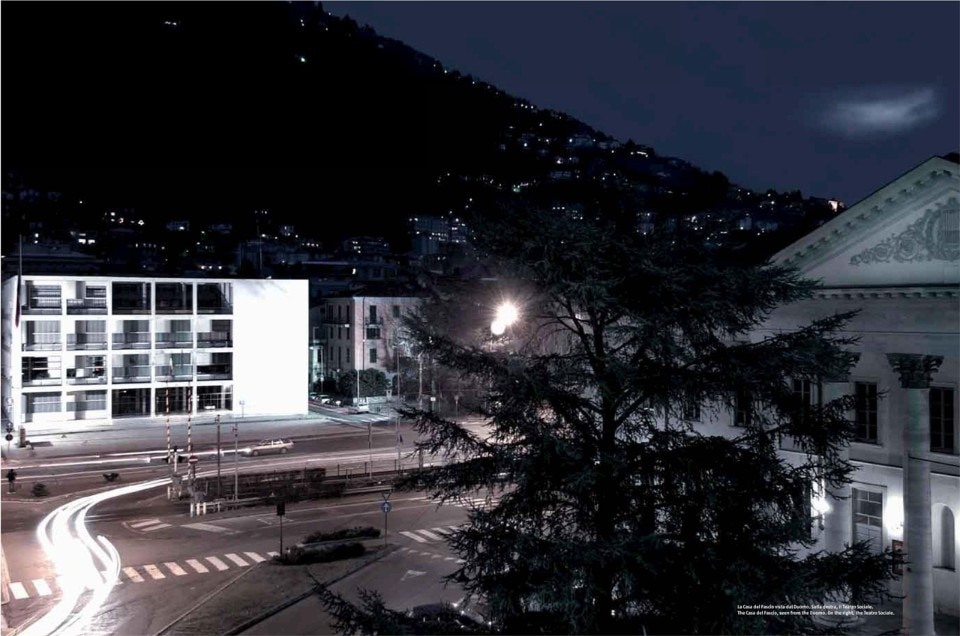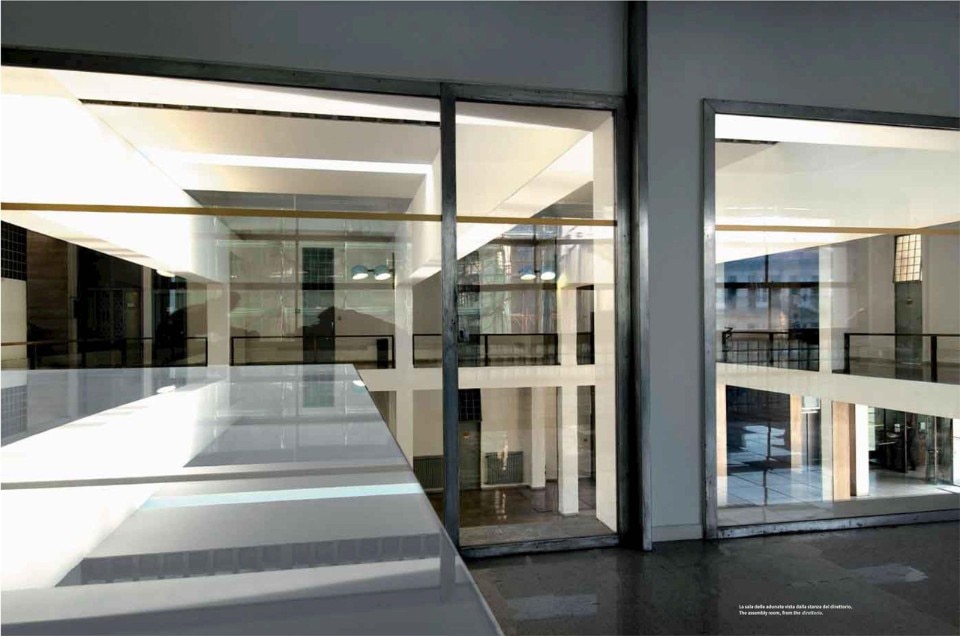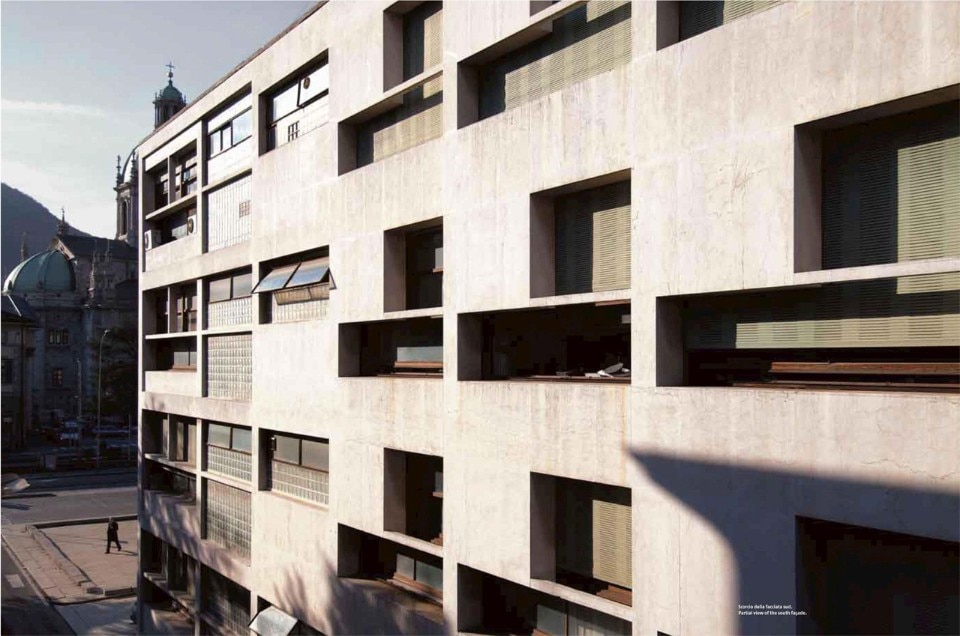Almost 500 pages. At least thirty characters. And several decades of Italian history – from the end of World War I to the fall of fascism – recounted through the collective experience of that group of architects who, during the years of the regime, dreamed of modernizing and improving the country, and perhaps even changing the world, through architecture.
They came from all over Italy (irredentist Istrians like Pagano, Comacini masters like Terragni, restless Neapolitans like Persico, along with all the children of the Polytechnic – Figini, Pollini, Bottoni, Banfi, Belgiojoso, Peressutti, Rogers, and Albini, Gardella, Zanuso, etc.), but they found themselves in Milan. The city that had hosted the Universal Exhibition of 1905 and where futurism was born. The city of La Rinascente, the Triennale, Domus, and Casabella. The dynamic and modern city that looked to London, Paris, Berlin, without hiding a haughty disdain for the centralistic Roman politics.
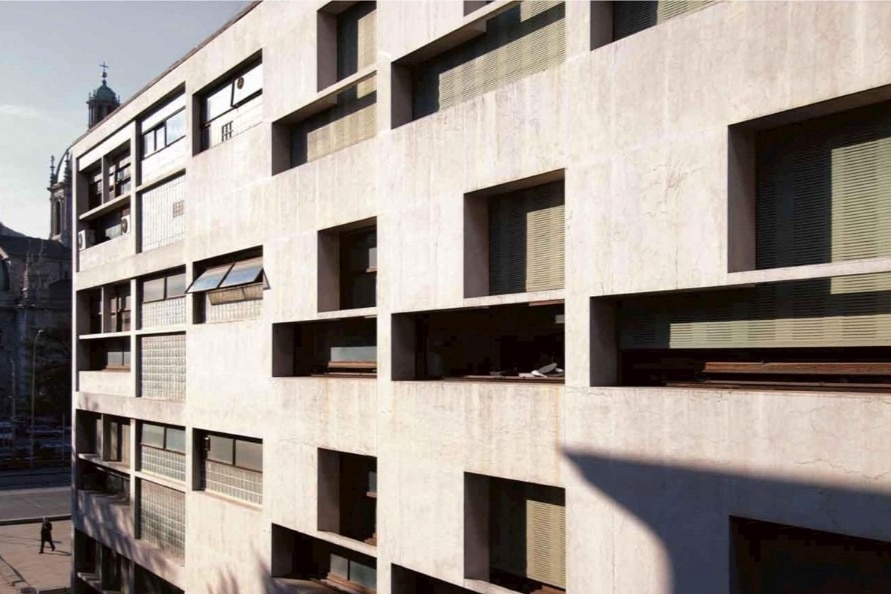
What We Are Not (Guanda, 2023) tells their adventure. And it does so, courageously, in the form of a novel. Behind it – you catch it on every page – there is a meticulous and impressive documentation effort, like that undertaken by Antonio Scurati for his work, M: Son of the Century. Biondillo himself acknowledges this: “Years of study, of piled-up books, of public and private libraries consulted, of sifted archives, of deciphered front-line letters. There is practically nothing invented; everything is documented rigorously and almost fanatically, including the parts related to the private lives of the protagonists, their temper, quirks, and fears.”
I am not talking about architecture in this novel; I use architecture to tell the story of the country.
Gianni Biondillo
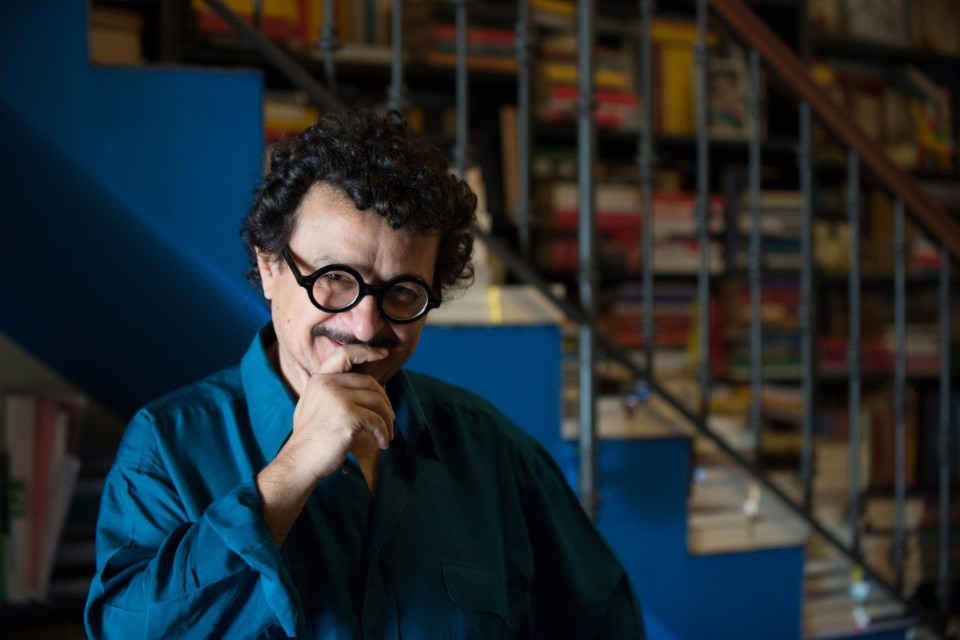
Why then not a high-profile academic work? Biondillo’s answer – though he is an architecture graduate, now primarily dedicated to literature – is clear: “Because it would have been just another essay that we, in the field, would have read among ourselves. Whereas a story of this caliber deserved to be told to everyone. This story, in its complexity, was practically unknown to everyone, even academics. If I had spoken about the relationship between intellectuals and power, mentioning names like Montale, Calvino, Vittorini, everyone would have immediately understood what I was talking about. But when it comes to architects, outside our circle, no one knows anything. Barely anyone knows Terragni, and they think that Terragni and Piacentini are, analogously, fascist architects. Nothing could be further from the truth. Terragni, among other things, deeply hated Piacentini!”
Page after page, with a breath reminiscent of the historical novel in the Manzonian tradition, What We Are Not (the title is an obvious allusion to a famous line from a poem by Montale) immerses the reader in an extraordinary human and intellectual adventure: that of a group of young architects who, in the name of rationalism, were transforming Milan and Como into one of the most advanced laboratories of modernity in the Europe of avant-gardes. However, one of the chapters of the book ends with a very strong accusation: “All together, washing the face of fascism.” Were they used by fascism? Were they fascinated by it? Initially yes, they even saw the regime’s grand projects as a sign of modernity. But were they also accomplices?
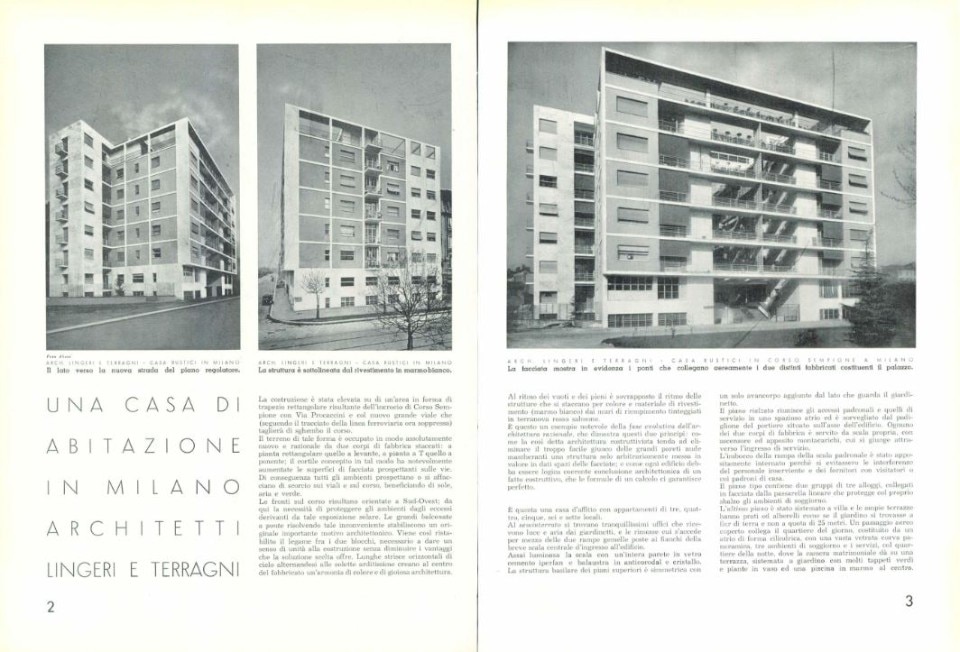
“Their – Biondillo observes – was a generation, as Montale himself wrote, ‘naturally fascist.’ When Mussolini came to power, Terragni was 18, the BBPR even younger, they were children. As artistically advanced as they were, not only in Italy but also politically, they were beginners. They lacked political culture; they didn’t know other ways of thinking about society other than the illusory (and very Italian) idea of a strong man in command. They were a band of dreamers. History took care of disappointing them and disillusioning them: year after year, I tell how their support for the regime became increasingly fragile, leading to the tragedy of racial laws, the defeat in Russia, the cataclysm of September 8, 1943, and the horror of the extermination camps.”
They were a band of dreamers. History took care of disappointing them and disillusioning them: year after year, I tell how their support for the regime became increasingly fragile.
Gianni Biondillo
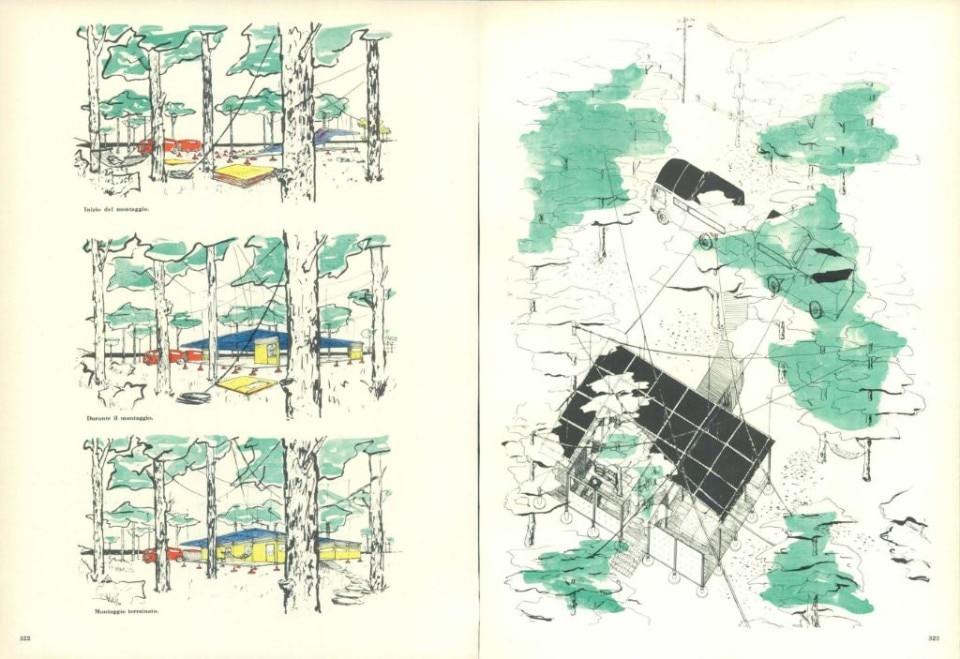
The second part of the novel, spanning from the war years to the end of it, is indeed the most dramatic and painful for the tragedies it recounts, the inhumanity of the perpetrators, and the tragic choices many of the protagonists are forced to make in the arena of History. But even here, What We Are Not remains a chorus novel. There is not a protagonist who stands out among the others; Biondillo’s skill lies in orchestrating the narrative, giving each character their own role and significance.
“If someone asks me who my favorite among the many architect characters is,” confesses Biondillo, “I must admit that I struggle to choose one. I loved them all like a father loves his children. Or, better, like a descendant loves his ancestors. Each one taught me something. They had flaws and contradictions (which I narrate without censorship), but they also had talent, vision, and integrity. Pagano, Terragni, Persico, and all the others are tiles in a mosaic that depicts not a world of architects but Italy tout court. I am not talking about architecture in this novel; I use architecture to tell the story of the country. I particularly love the female characters, always excluded from this type of narrative. Bottoni and Albini are featured in the novel, but they have a minor role compared to that of their sisters. Maria Albini was perhaps the most restless and profound intellectual of those dark years, Maria Bottoni paid for her anti-fascist choice to the extreme in concentration camps. Yet, practically nothing is known about these two incredible women.”
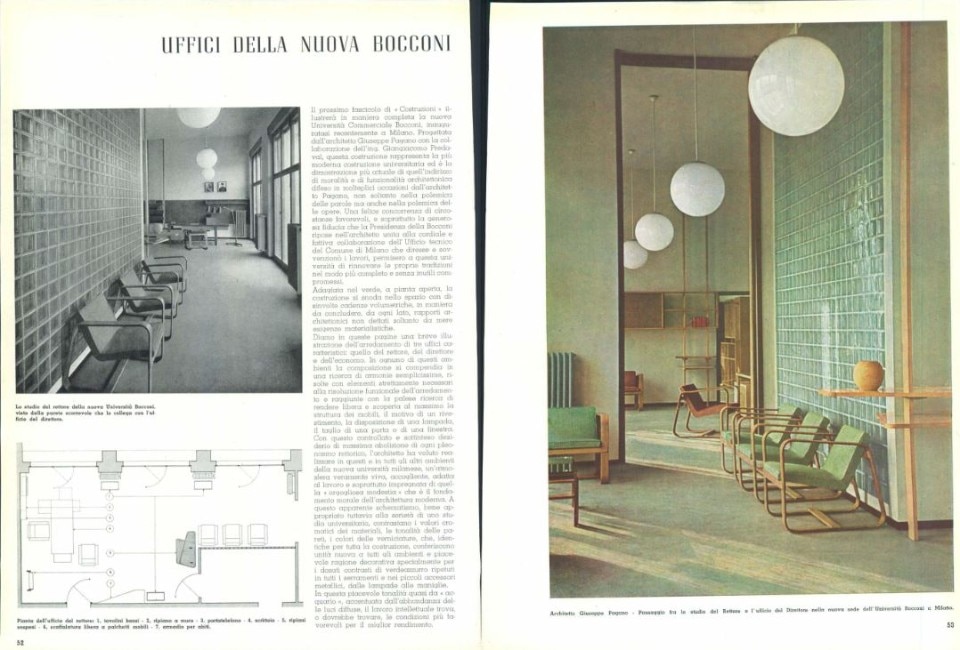
That is what literature is for: to remedy the omissions of history, to restore order to chaos, to draw maps and cartographies of our cultural and emotional territories. But Biondillo – after so many novels and stories – does he feel more like an architect or a writer? His answer is once again surprising: “I believe that an architect is like a recovering alcoholic. Even if you haven’t drunk for years, you remain an alcoholic. It’s a disease, you don’t get rid of it. I haven’t had a studio for at least three decades, but I continue to be registered with the Order and diligently complete my training credits every year. Occasionally, I even participate in some competitions with architect friends, just to keep my hand in. Moreover, every writer has their own background: there are lawyer writers, teachers, judges, biochemists, philosophers. In each person’s books, you can see the cultural background they come from. I think there are deep analogies between architecture and literature. I think Proust didn’t write a novel but built a cathedral of words. In the end, if I had to find a definition for what I do, I would say I’m a ‘narrator of the territory.’ In short: I do urban planning in disguise.”


